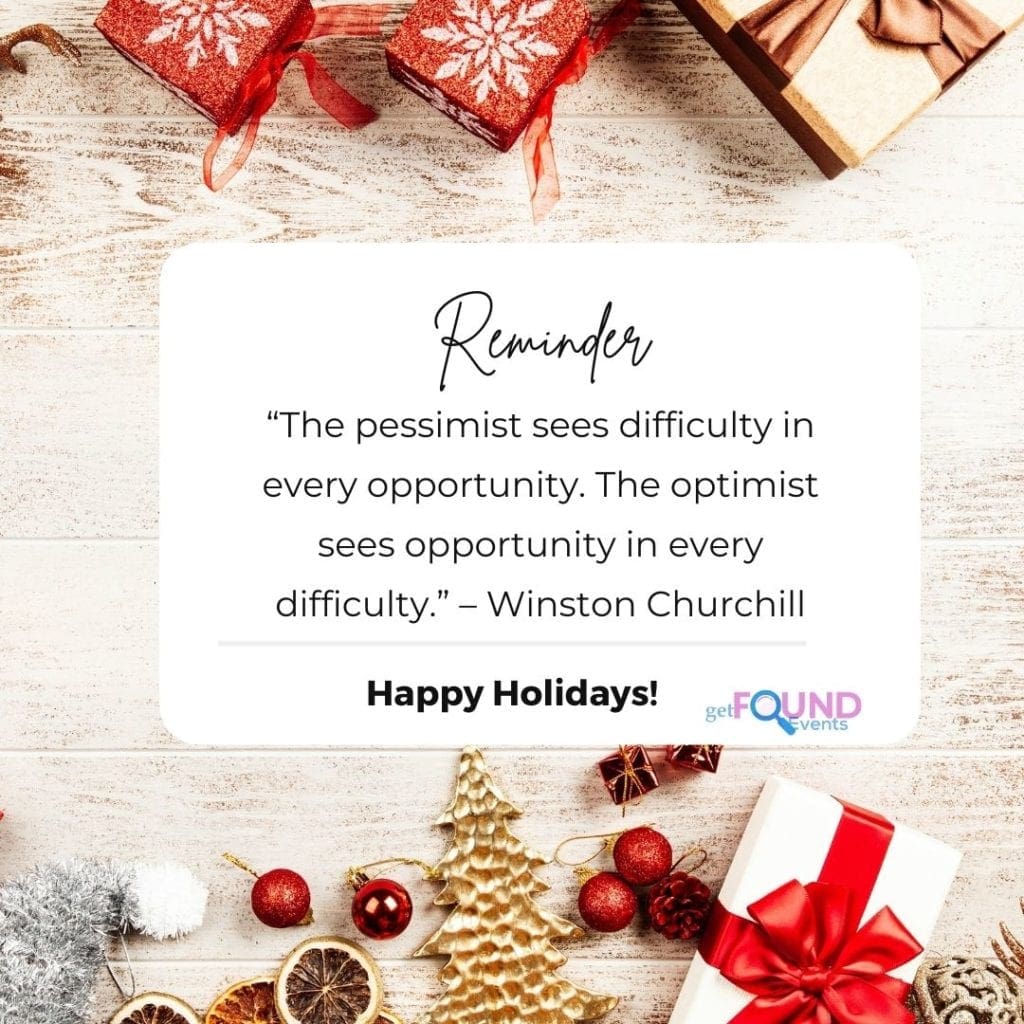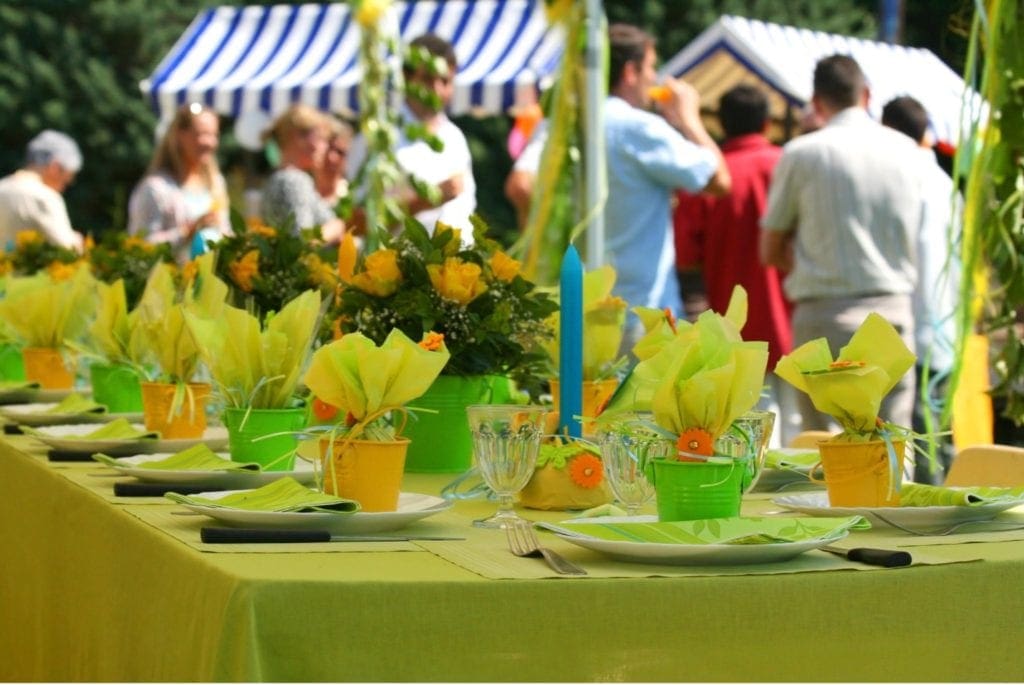Event Partners Are Your Event Sponsors
We are all too aware of the benefit of having an event sponsor. They pay money to be associated with your event. The benefit to the sponsor is that they are placing their brand, product, or service in front of your audience. They will pay for this access and opportunity to promote or sell their latest offering to these existing or potential new prospects. But what do they get for the money? Ultimately this is all negotiable and each sponsor may wish to develop a bespoke package to fit their objectives.
No organization will support your event out of the goodness in its heart. There needs to be an equal exchange of value and you need to communicate this value in your pitch. To do this, make your pitch about the company you’re contacting, not your event, and focus on how it benefits them.A partnership means each entity shares in the responsibilities, risks, and earnings of a business arrangement. When two companies collaborate on an event or promotion, for instance, they share these commitments and include them in a mutual event partnership program.
When pitching to a big event business, first tell your potential partners clearly who you are and what you want from your relationship. Understand the competitive landscape, think globally, and include the following information in your pitch proposal:
- Who you are?
- Why you are organizing the event
- Who the attendees are?
- Who attended it last time?
- The size of the event
- The target audience
- Know the numbers
- Previous partners
- Why do you need a partner?
- Be clear on what you want from a partner
- Be clear on what you have to offer
- Your CTA
Here are some ways you can research event sponsors:
- Find companies that have sponsored similar events. (They are likely to sponsor again.)
- Make a list of competitors to those companies. (They don’t want to be left out.)
- Ask past attendees which brands they use. (Those brands want to reach your audience.)
- Research your target audience to discover their likes. (The brands they use will be good candidates to approach.)
Spell out every package benefit, perk, and requirement in crystal clear language. Potential sponsors should never have to guess at what they’ll be receiving in exchange for a portion of their company’s budget. This is especially true when selling sponsorships for large sums of money.
Try adding items from this list that could be included in any event sponsorship package:
1. Exhibition space
2. Logo on all associated marketing collateral both on and offline
3. Provide branded pens, pads, and lanyards for all delegates
4. Distribution of freebies, product samples
5. Inserts (Flyers, Brochures) in the delegate packs
6. Speaker slot or place on the Q&A panel
7. Interview – written or filmed
8. Show their corporate video, product video, or advert
9. Sponsor networking and refreshment breaks
10. Complimentary / VIP tickets
There is no formula or exact science, you simply just need to understand your sponsor, target audience, and sponsorship objectives. Once established you can then create a bespoke package that suits the client and adds value to the event delegates.
An event partner may well find the sponsorship offers from the list above an appealing offer; in some cases, all may apply. When you have a paying sponsor, this list makes it easy to simply negotiate to ensure the package fits their aims and objectives. Your event partners will not only add value through associating their brand to your event but through opening their exclusive marketing and promotions channel to help promote it to their audience.

Email Dos & Don’ts
The tenor of your introductory email can make or break your event sponsorship prospect. You should write the email with the mindset that you are seeking a partnership rather than simply an event sponsor who will just be giving you money in exchange for brand recognition. Here are some tips to follow when crafting your sponsorship email:
- Avoid beginning the email with pronouns like “I” or “me”. The email should focus on the prospect or potential sponsor, not on you.
- Don’t list past accomplishments right away. Again, doing so spotlights on you whereas the real attention of the email should be on the prospect.
- Try not to list the ways the sponsor will benefit from partnering with your event. Instead, you should consider in what way you intend to provide this value.
- An casual tone is often a better tone: for example, using words like “talk” instead of “meet” will prove to be more beneficial in producing a mood that does not directly expose your sales intentions of booking a meeting.
- Be precise! Modifying your email with specific information relevant to the company and person you are reaching out to shows that you are not just sending out a mass sales email.
- Although you should be changing the tone of the email to match the person you are contacting, be sure not to squander your voice. The basis of the partnership you are building with your sponsors relies on trust, and this should begin even at the start of the relationship – the cold email.
Creating a Co-Marketing Campaign
Whether you are launching a new product, service, or announcing a buzzworthy partnership? One of the best ways to create hype, excitement, and engagement with customers and prospects, produce buying, cross-selling and upselling opportunities is by creating a co-marketing campaign.
When deciding on a partner for a co-marketing campaign, define first a target audience of prospects that would be interested in both of your products and services. Once you’ve decided on a partner with similar and corresponding business goals, devise and construct various ideas and concepts that you can leverage for three-part or multi-tiered ad campaigns that build marketing momentum and generate buzz for the event.
When defining your co-marketing strategy, it is important to establish:
- Marketing Campaign Components — The scope of your campaign, what resources will be created, and the time frame of your release. For example, will you kick off the ad campaign with an infographic, or a video, and end it with a resource guide that you will provide at your event? Figure out how each element of your campaign builds off of each other and climaxes with the event itself.
- Social Media Strategy — What are the ways you will promote your campaign and take advantage of partner newsletters, blogs, and social media channels? Will the campaign promotion be staggered or simultaneous, how can you work together to make the most significant social media impact? Outline your social media strategy to promote successfully.
- The Gifts Plan — Will you use raffles, prizes, or contests to increase engagement? If so, what will the prizes be, how will they be allocated, and how can you use gifts at the event itself to drive traffic to your booth? By using prizes that are targeted at your demographic, you not only increase your booth attendance, but you qualify your prospects better.
- Lead Capture Approach — How will you share and gain leads? What form fields are essential, which are asset-specific, and how will you communicate leads at the event that you are promoting? It’s essential to know who is responsible for what, and what information is important for both parties to collect.
Once you have established how each team will support co-marketing efforts, you can begin planning on how to support each other at the event itself.
What Are Your Event Partner Expectations
The list below may vary contingent on what the partner has to offer, schedules, and workforce. All parties need to enter into the partnership with an assurance they can deliver their side of the deal. A considered fit is essential, do your homework, put the customer first, be straightforward about the profitable prospect of the partnership. Keep in mind that one of the most vital keys to landing partnerships is your ability to create a winning partnership proposal and to present it effectively.
1. Promote the event on their website
2. Promote the event in the company newsletter on and offline
3. Insert event flyer in corporate mailings
4. Promote the event on Twitter and relevant social media platforms.
5. Announce the partnership in Press releases and trade magazines

When presenting, remember to know your audience.
- Identify their target audience and business goals.
- Determine the partner’s marketing objectives.
- Realize what you have to offer a partner to benefit.
- Identify the person who can say yes to your partnership proposal.
- Select those who are capable of a trusting relationship.
- Deliver a real event plan with well-thought partner integration.
- Create follow-up techniques that extend partner promotion post-event.
.



